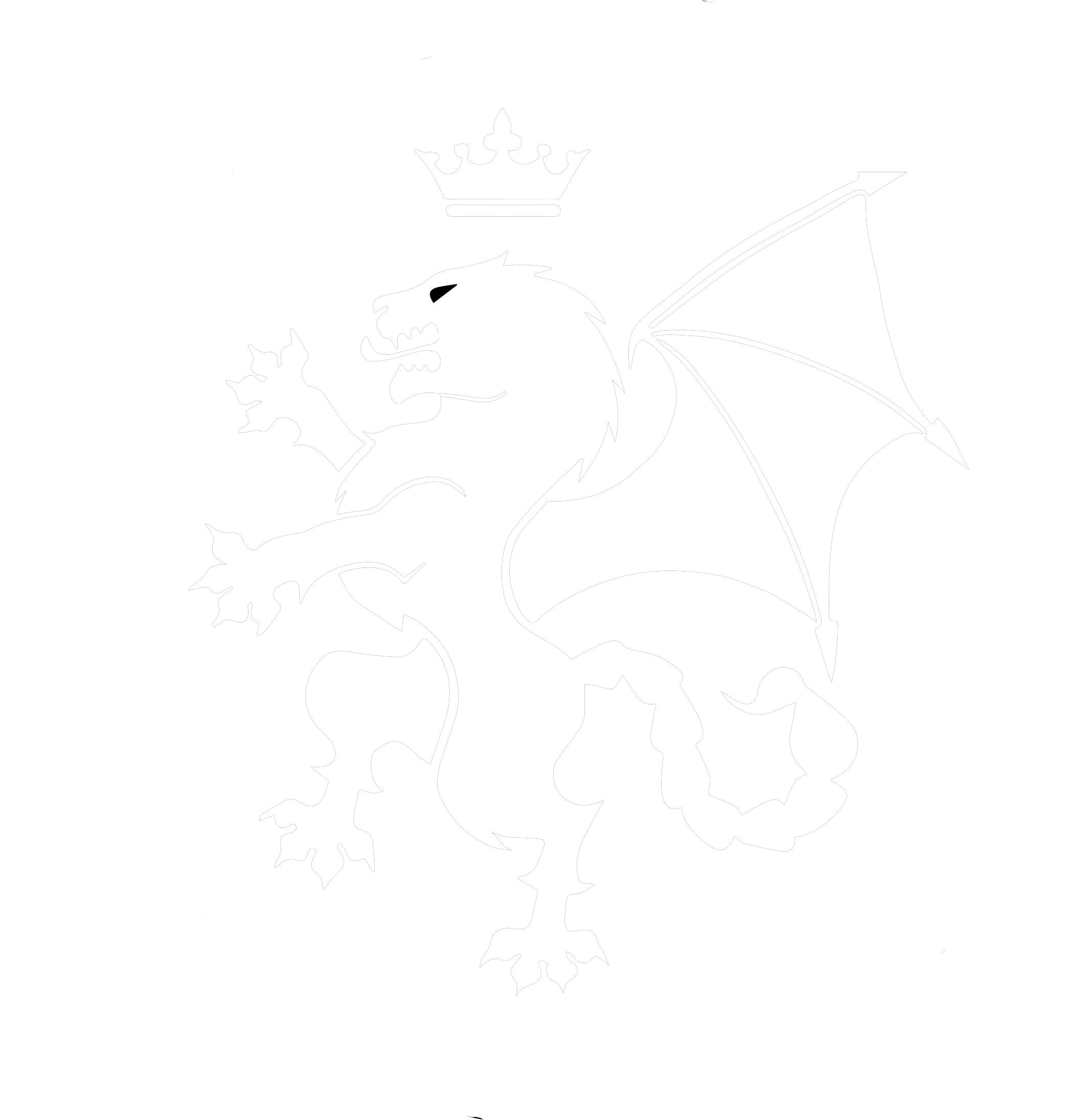Juleigh Howard-Hobson
Whether your weather is Northern or whether your weather is not, the world will be soon heading into windy times as our seasons shift, leaving summer or winter behind them as the days change from what they were in each Hemisphere.
Wind is a mighty element in this numinous world of ours. European mythology alone contains over forty wind-related gods or supernatural beings who are associated with the wind, from direction to strength. The four Norse stags – Dáinn, Dvalinn, Duneyrr, Durathrór – who bite the leaves of the world tree Yggdrasil, are both supernatural symbols of the four cardinal wind points as well as representing the strengths of the air – from dead calm to strong windstorm. Lithuanian mythology gives us at least six wind gods: Pietys of the South wind, Vakaris of the West, Siaurys of the North, Austaras of the Northeast and two gods, Menuo and Rytys of the East wind. In Eastern Europa, Stribog (Стрибог) is the Slavic God / Grandfather of the Winds of the eight directions, while the southern areas of the Occident hold the Mythic Greek Anemoi (Ἄνεμοι) representing twelve different winds, as well as the Aura breeze deities, and the Aurai breeze nymphs.
Wind does not belong only to the realm of the divine, however. Humanity has a long history of superstition, capture and control when it comes to gusts of air. Whistling is by far the simplest method used—it consists of sending two notes, one high, one low, three times into the still air in order to stir the Wind Gods into action. The longer and louder the notes, the longer and stronger the wind. Whistling aboard a ship, however, is not considered wise, it seems the Wind Gods don’t appreciate their oceanic air choices being questioned and will send forth tempests upon any hapless vessel who dares intrude on their concerns.
Cutting still air is another direct way to bring about wind. Interestingly, swords are associated with wind/air in Tarot decks, as are Athames (ritual daggers) in Magickal circles. On land it is a mere matter of ritually bringing a blade through the air, while on becalmed seas sticking knives in a tall-ship’s mainmast was a universal act; sailors didn’t dare whistle. (Although wind power is not a real factor in sailing anymore, the same can be achieved these days by touching a blade to a ship’s Radar and Communications antenna.)
Tying knots is an age old method of both holding and controlling the wind. By ritually tying three magical knots on rope, cordage, thread or cloth, the user can release what is needed—one knot untied summons a strong wind, while two brings almost a gale and three will usher in a maelstrom. From Scandinavia to Scotland, sailors and fishermen availed themselves of these charms—using the powerful knot-held magic to control the winds that governed their passages on the water. One may still possess and use this ancient resource; as recently as 1983 the magical writer Scott Cunningham included directions for making these triple knotted wind charms in his book Earth Power.
Wind brings the weather, and while we may not create the wind, or be Gods who embody it, folklore and history alike tell us that, as humans, we still may wend it as we will.

